One Battery. Two Decades: Power that Refuses to Quit
In 2006, Russ Luft, a retired U.S. Postal worker, military veteran and an avid motorcycle enthusiast from Alaska, was in the market for a battery that could withstand the frigid temperatures of the state’s terrain without impacting performance. He was introduced to ODYSSEY® batteries, and almost 20 years later – the ODYSSEY® PC925 battery model he purchased is still in great condition and fully operational....




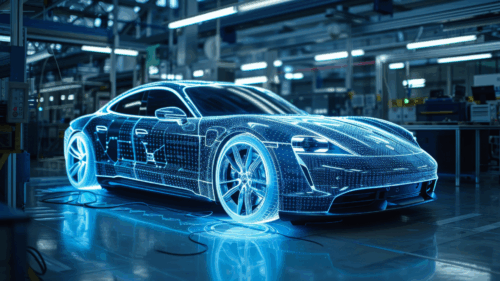
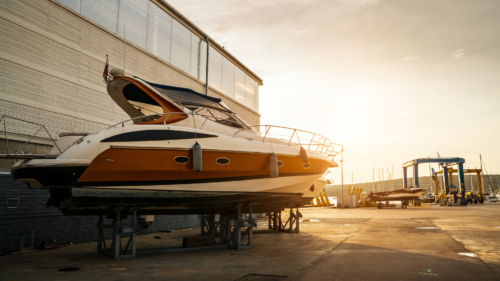

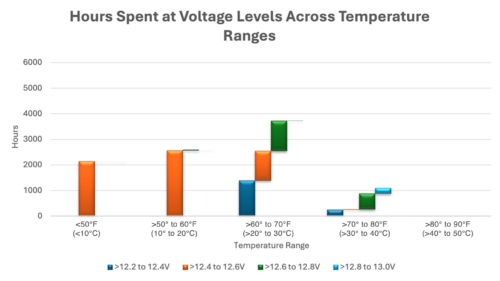
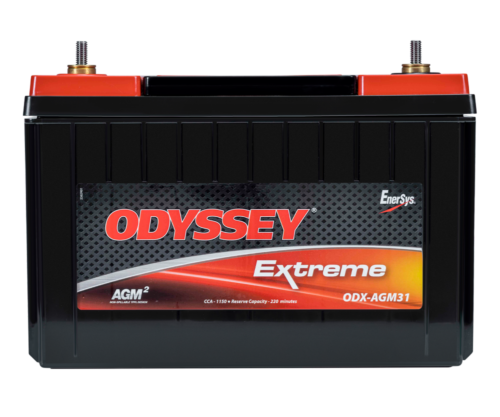
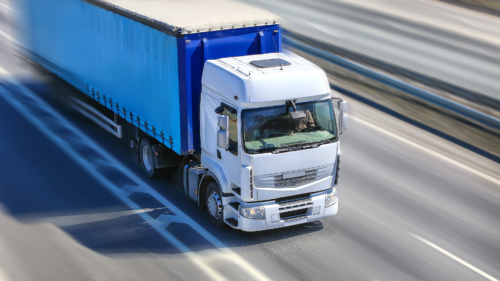
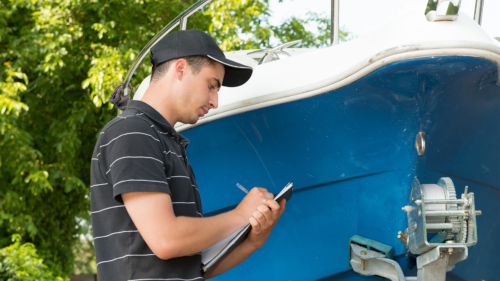


 Continue to ODYSSEY BATTERY UNITED STATES
Continue to ODYSSEY BATTERY UNITED STATES
 Continue to ODYSSEY BATTERY EUROPE
Continue to ODYSSEY BATTERY EUROPE